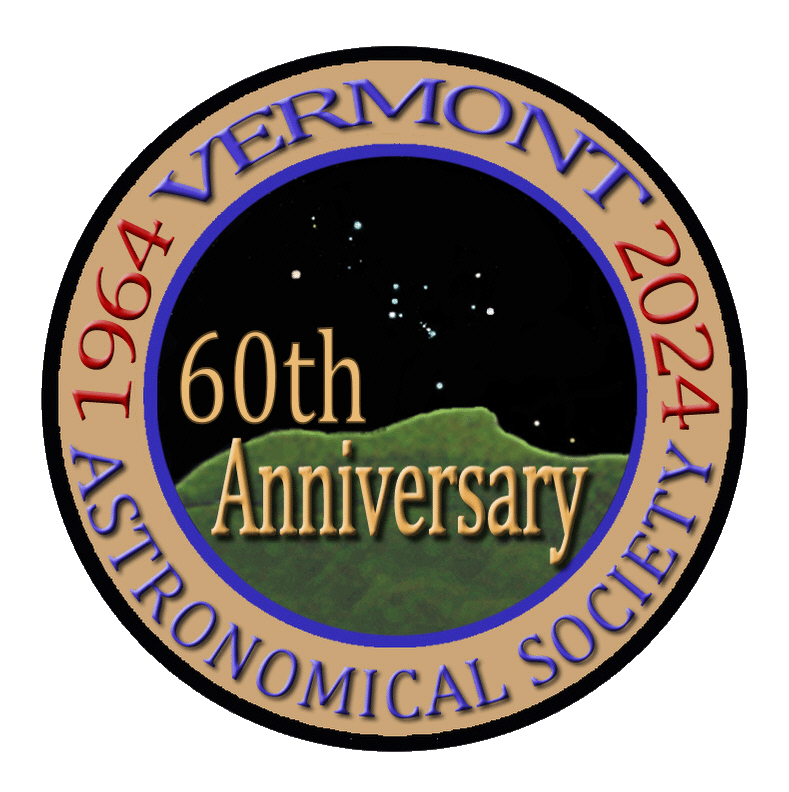Must observe all planets from each group:
Inner Planets: Mercury and Venus (both)
Outer Planets: Mars, Jupiter, and Saturn (all 3)
Remote Planets: Uranus and Neptune (both)
Telescope Size:
Although a 5″or larger telescope is suggested with the ability to get 150x this is not a requirement.
Filters:
A set of colored filters is required. (Note a set is 3 or more filters)
Required Information: Date, Time, Telescope Size, Type, F/#, Power, and Filter for each observation and drawing. Also each observation must have a rating of sorts for seeing.
Requirements for Each Planetary Grouping:
Inner Planets: Mercury and Venus, observe and draw at least 3 times each.
3 different planetary shapes (phase).
observe one of the planets with the colored filter of your choice (at least once).
Outer Planets: observe each of these planets at least 5 times. Some observations must be made with color filter of your choice.
Mars: observe, identify, and draw:
Polar Cap
4 Major Features: Dark Areas
2 Light Features: Bright Areas
1 Mountain or Basin
Martian Atmospheric Phenomenon
Jupiter: observe, identify and draw
5 different belt
3 light zones
4 different belt details (note:GRS counts as one belt detail)
Jupiter 4 moons (note: disc, size, color, brightness at least twice)
3 moon events; transit, eclipse, occultation, mutual event etc…
Saturn: observe, identify, and draw:
2 rings section either A, B, C,
record Cassini’s Division at least twice
2 belts, 1 zone
see how many moons you can get (3+) – draw each at least twice
Remote Planets: Uranus and Neptune, observe and draw at least 3 times.
disc and color
disc resolution
Total Minimal drawings of Planets for Certificate:
Inner Planets
6
Outer Planets
15
Remote Planets
6
TOTAL
27
Total Minimal Number of different Planets Observed for Certificate: 7
